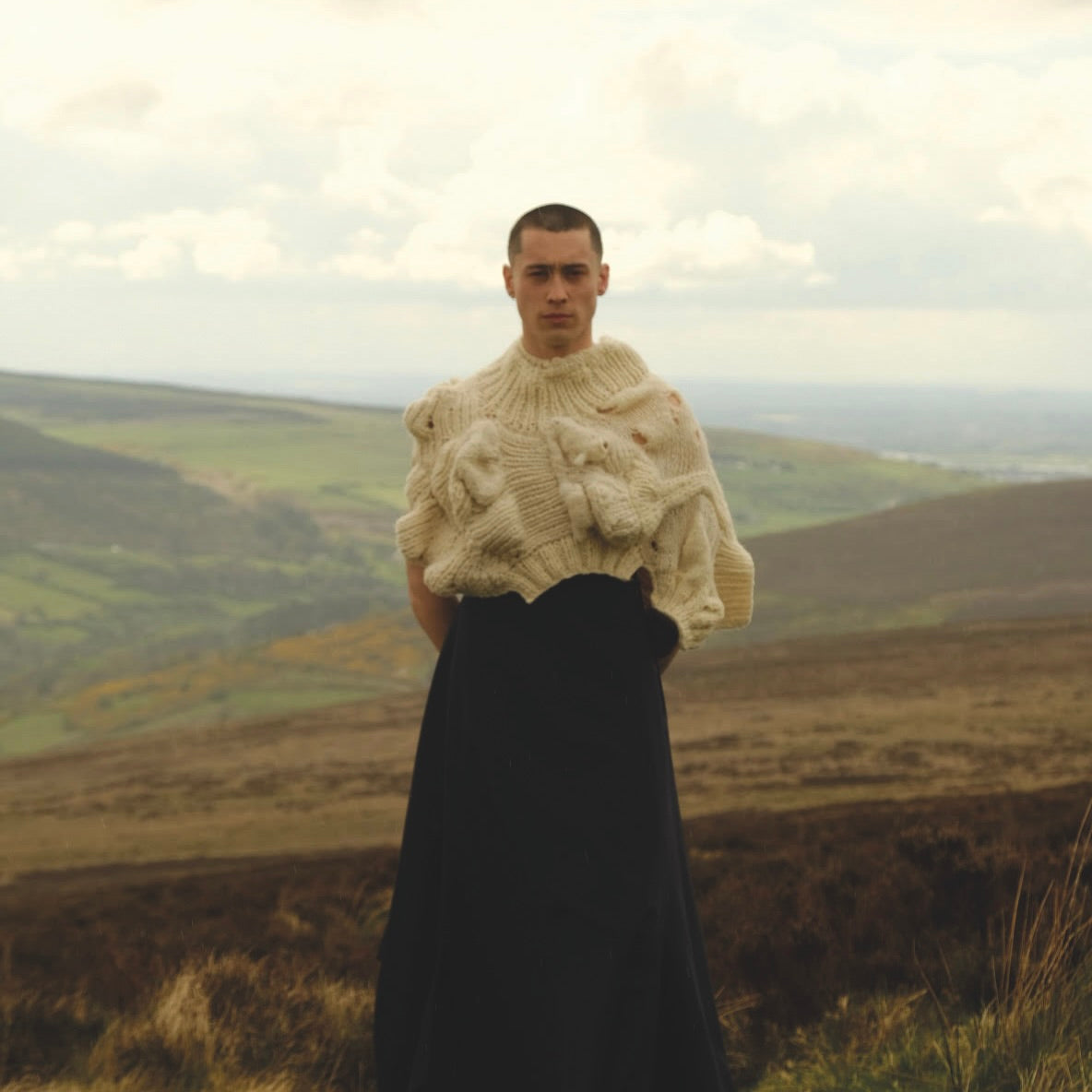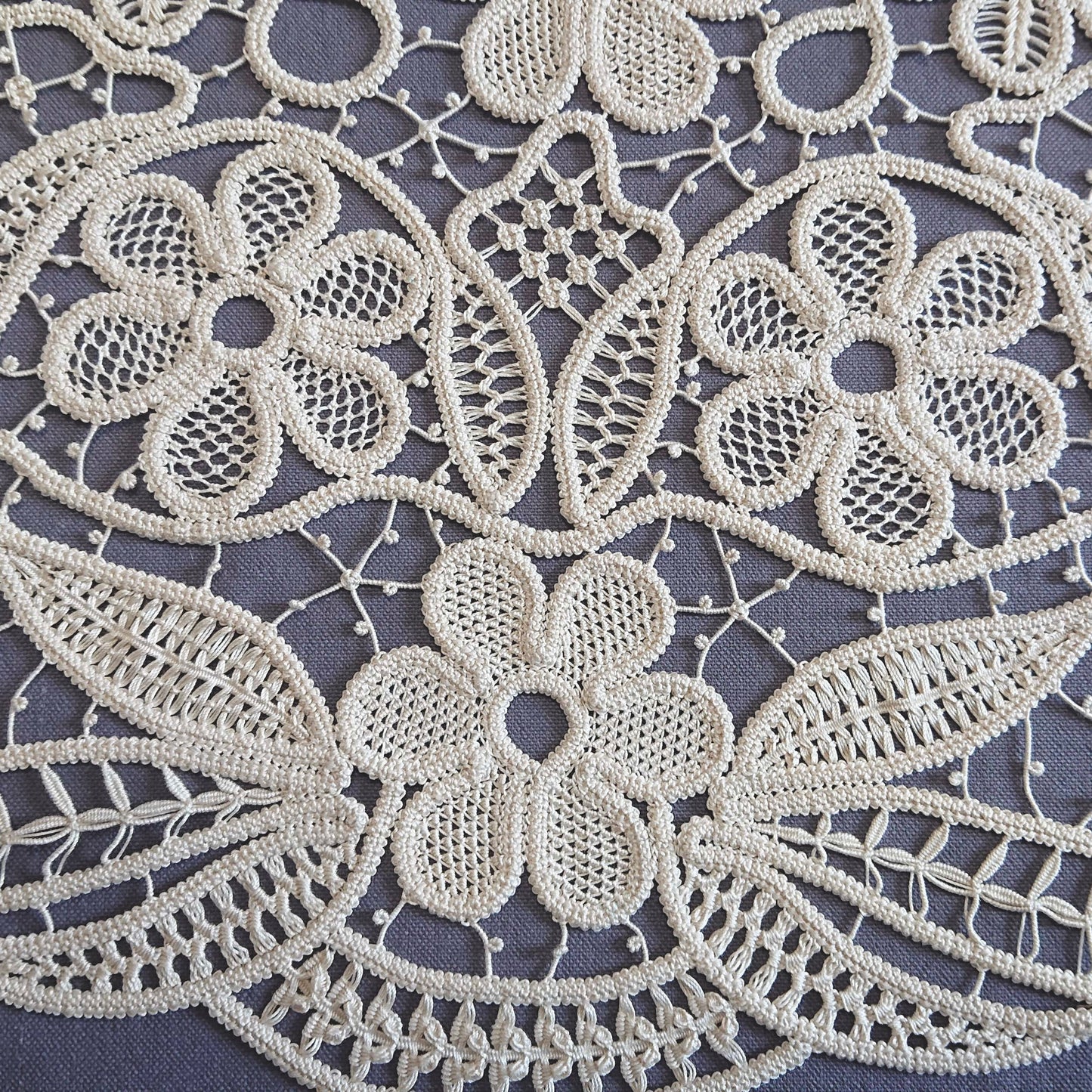Issue 122 Winter White
Selvedge Magazine
Couldn't load pickup availability
After renting my house in London and moving to New York to fund my daughter’s master’s degree, I expected walks in Central Park, bagels at the local deli, and gallery openings in Soho. What I didn’t expect was the climate clock in Union Square, ticking away the seconds before climate change is irreversible. According to the clock at last count, we have 4 years, 288 days, 16 hours, and 27 minutes: one might imagine that this shocking news would stop passers by in their tracks and prompt immediate action, yet the bustling crowds walk by without a second glance.
Kate Fletcher, a regular contributor to Selvedge since issue 9 in 2005, recently posted on LinkedIn reflecting on her 25-year career promoting sustainability: she commented that 25 years ago, sustainability was such a new field that she could read everything on the subject; now, this would be impossible. Despite a quarter of a century in which the world has been abuzz with theories about sustainability, the supply chain’s “innovations”, and government legislation, nothing has changed. Back then, we thought that if people knew the hidden truth behind fast fashion, sales would drop, and the problem would be resolved. All we had to do was get the message out. Undoubtedly, we were naive, and sustainability has now become a marketing gimmick to sell even more clothes. In her post, Fletcher quotes Frederic Jameson, who said, “It is now easier to imagine the end of the world than an end to capitalism.”
Clearly, new approach is needed, because we must conclude that it is impossible to stop the fast fashion juggernaut. If we can’t stop consumerism, we must redirect our efforts to educate and encourage consumers to make more informed choices, which brings us to this issue’s theme. We take a deep dive into compostable fibre: the overwhelming majority of wool, linen, cotton, and silk, in its unprocessed state, is a neutral shade, from white through grey, to black. More often associated with summer, white fibre has long been prized with the wool trade the backbone of the mediaeval English economy, as explored by Juliet Drummer. Bringing us up to date, Brinda Gill visits the Government Cocoon Market in Ramanagara, India, to see how trade is conducted today. Artist Kinga Földi perfects the art of pleating, and Jenny Tiramani introduces us to an 18th-century glass linen smoother. While challenging to achieve and maintain, as described by Sophie Vent in her article on bleaching, white has been the symbol of status and wealth for millennia, from Royal India to rural Ireland.
According to the United Nations Environment Program, textile dye is the second-largest global water polluter and the fashion industry’s biggest offender. If you are weary of greenwashing, confused by the options available, and looking for a way to minimise the environmental impact of your wardrobe, consider the quiet luxury of winter white. In the words of Kate Fletcher, “We can start to do this in many and plural ways, acting to shift things deeply, locally, lightly, beautifully, simply.”
Share






















